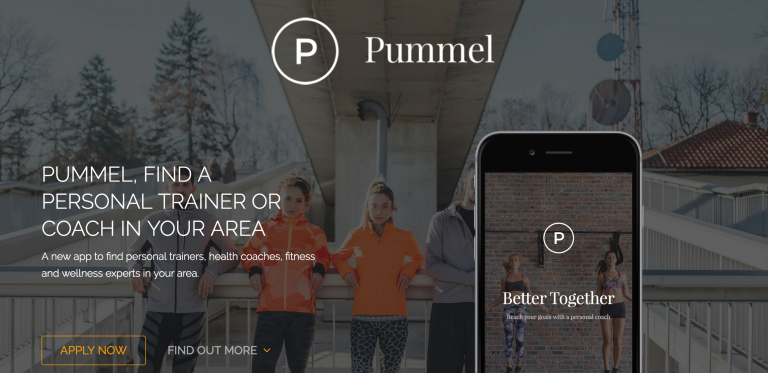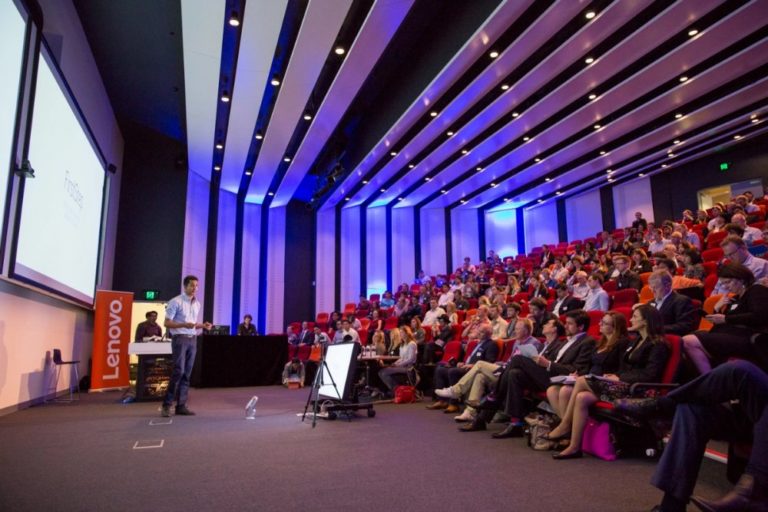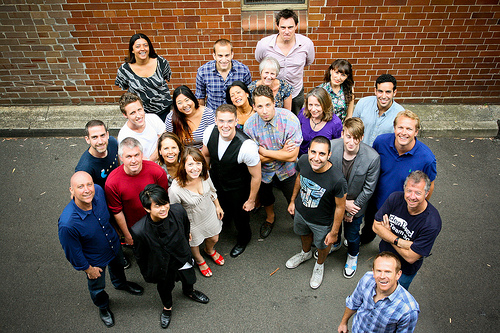Startup Name: Decisionaire Create online quizzes, assessments and more – no tech skill needed! Elevator Pitch: Jeff...
Mike88
Mike Nicholls Australian Inventor + Entrepreneur working with a small team of engineers building prototypes from Inventions including two medical devices. Publishes Startup88.com and has assessed/reviewed +500 inventions and +200 startups in the last 3 years. Mentors Sydney Startups via Incubate and other incubators and helps members of the Australian Startup Community via the Startup88.com website with free publicity and advertising. Experience in numerous industries including Digital Publishing, Cloud Computing, Apps, Hardware, Aviation, Real Estate & Finance and Health/Medical Devices.
Startup Name: Standard Fusion We are making risk and compliance management simple and approachable. Elevator Pitch: Risk...
Startup Name Pummel Tag Line Find a fitness health and wellness coach in your area Website http://pummel.fit...
Startup Name: DataQuarks Elevator Pitch: DataQuarks provides an analytics sandbox for information workers to build models using natural...
I launch startups and develop inventions for a living and mentor a lot of entrepreneurs in my spare time....
Pollenizer has partnered with the Prime Ministers office to launch a new initiative to create startups which...
Guest Post from James Alexander, in 2012 while completing his Honors in CompSci James founded INCUBATE, a startup...
After an animated heated conversation last week with a new entrepreneur who was busy trying to build an...







